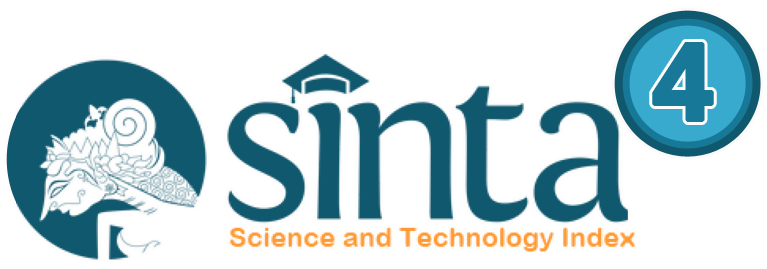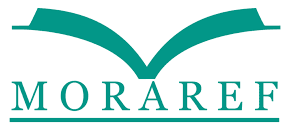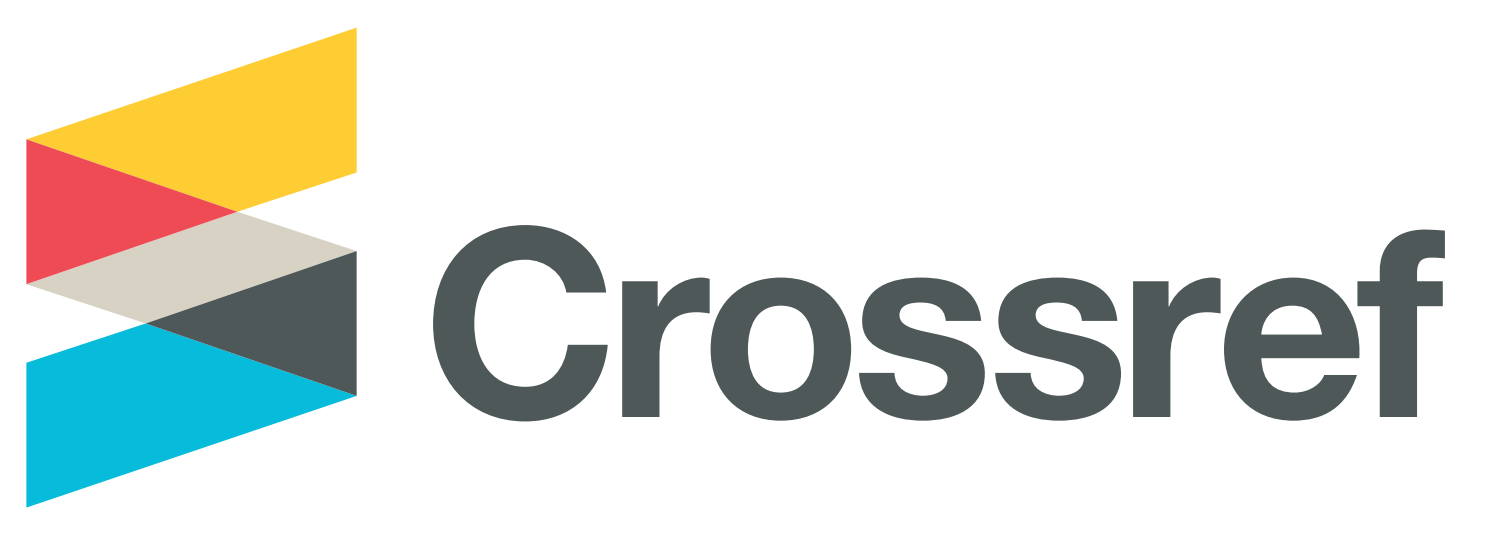PENGARUH IDENTITAS PESISIR BAGI MASYARAKAT SINGKIL DAN BARUS
Abstract
This study is an attempt to see the similarity of historical and cultural identity between the pesisir communities of Singkil and Barus. The term pesisir identity is to describe the settlements of residents who settled along the coastal areas of Singkil and Barus. Pesisir communities in the two regions are identical with Islamic identity and are influenced by Malay-Minang values and culture. In the context of defining identity, coastal communities tend to position themselves as a more established community, and are often seen as special in the context of social relations than settlements outside the coast (findings in the Singkil community). Even so, in Barus, the coast is defined as limited to the majority Muslim settlements that are historically rooted in the development of Islam in this region. In daily interactions, both coastal settlements (Barus and Singkil) use the same language, pesisir language (Singkil; baapo). Also, this area still leaves many traces of Islamic history archaeologically, as well as being an important trade route for merchants from Minang and Aceh. This research is analytical descriptive with qualitative methods and a grounded research approach and historical methodology. Data collection was carried out in two settlements; Coastal Singkil and Barus. It starts with observation, interview, book study, and finally data analysis. The results showed the existence of coastal communities in the two regions is a continuation of the history of Islamic Fansuri. However, the meaning as a pesisir community between Singkil and Barus is not always the same. There are differences in the context of the structure of society. Singkil pesisir not only shows the extent of majority Muslim settlement, but the status of privilege in the context of identity. In Barus, the meaning of the coastal community is the continuation of the history of Islam in the region, as the Pakpak strengthened there.















